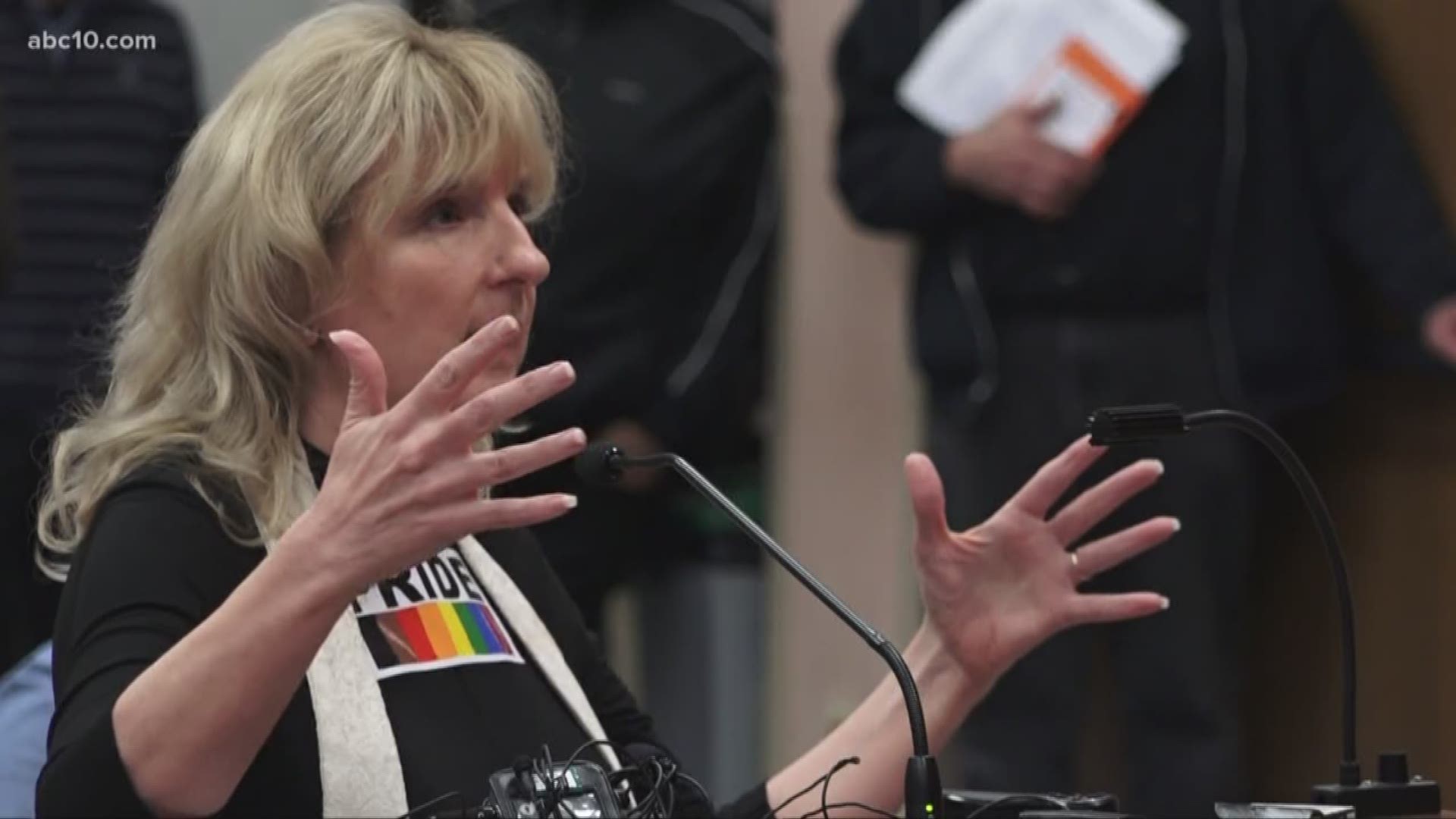DAVIS, Calif. — UC Davis is preparing to apply to become a Hispanic Serving Institution [HSI], and, while that may see like a given in California, it’s something that the university has been targeting for the past 10 years.
If you are not a college institution, HSI status might be taken for granted in California, but, for colleges like Stanislaus State and Sacramento State, it’s made real differences for both Hispanic and underrepresented students.
The HSI status which could translate to special funds for a growing student population. It would also mean that at least 25 percent of their undergraduate population is of Hispanic descent.
But why is it so important?
It seems like a given that a university is a HSI university in California, given the Hispanic population. Nearly all of the 23 CSU’s in California have HSI designations.
The reason why universities like UC Davis’ collegiate neighbors Stanislaus State and Sacramento State have staked pride in their designations is because of what they’ve been able to do with federal funds after becoming eligible.
Sacramento State has been a Hispanic Serving Institution since 2013, and their first major project was the INSPIRE project in 2015 — a program that combines peer-to-peer advising and mentoring programs with efforts to close achievement gaps for Hispanic students and Pell Grant eligible students — which landed the university $2.4 million to focus on six-year graduation rates and achievement gaps for their students.
That $2.4 million marked a significant turnaround for students who were struggling at the university for reasons both inside and outside of the classroom. The goal is to have all students succeed at the same rate through Sacramento State courses, graduation rates, and retention rates. Since it’s been implemented, the results have been showing.
“Our graduation rates were up all across the board, but, for Hispanic students, the graduation rate [gap] has closed,” Lynn Tashiro, Director of the Center for Teaching and Learning, said.
Those gaps closed or shortened due to increasing graduation rates: 10 percent (Hispanic), 12 percent (underrepresented), 12 percent (low income), 11 percent (first- generation) college students. According to Tashiro, the program peer network is one of the reasons that the graduation gaps for Hispanic students closed. This program focused on the issues that professors probably wouldn’t see in the classroom.
“That was the catalyzing force. As we sat at the table, one thing we could agree on is we know some of our students’ challenges, but they don’t tell all of them to us.”
The program was the difference between a student struggling in a course because they couldn’t afford the materials and a student being able to work on an even footing. It ultimately opened avenues that helped express difficult issues for students and provided support for those issues.
So, what did an HSI designation do for Stanislaus State? It contributed toward Higher GPAs, higher persistence, and higher attainment rates for Science, Technology, Engineering, and Mathematics [STEM] degrees with their Hispanic and underrepresented students.
Even though more than half of the student population at Stanislaus State is Hispanic, the science department was not seeing the same kind of representation in their field for certain groups. In addition, data revealed nearly two-thirds of students who started a STEM major at Stanislaus State were no longer STEM majors by graduation.
“A lot of students… come into the sciences very optimistic and because majors are very challenging, we have lower persistence than a lot of other majors do,” David Evans, Dean of Science at Stanislaus State, said.
After getting a grant award for their science department, the university put together the STEM Success Program. The program connected students to faculty and helped them hone in on the skills they need for success. It also provided a peer-to-peer program that helped keep students in their STEM majors.
“It gives them the tools to succeed in academically rigorous programs- among the most challenging programs in the university,” Evans said.
STEM Success received national recognition and was recently given a second, five-year grant. The number of freshman participating in the program even grew from 43 percent to 54 percent in the past year.
Back in January, the UC Davis held a HSI forum to address HSI strategies, topics, and models. Some of their focuses were on engaged scholarship, interventions to close the achievement gap, and closing the preparation gap.
(Editor's Note: This article reflects UC Davis' status as preparing to apply to be an Hispanic Serving Institution. An earlier version implied HSI status had already been granted.)
________________________________________________________________
The Kings helped Pfc. Brandon Covey surprise his mom, Vanesa Ibarra, Sunday during the dunking ushers performance. Covey is a Blackhawk Helicopter crew chief who has been in South Korea for the last 6 months.

